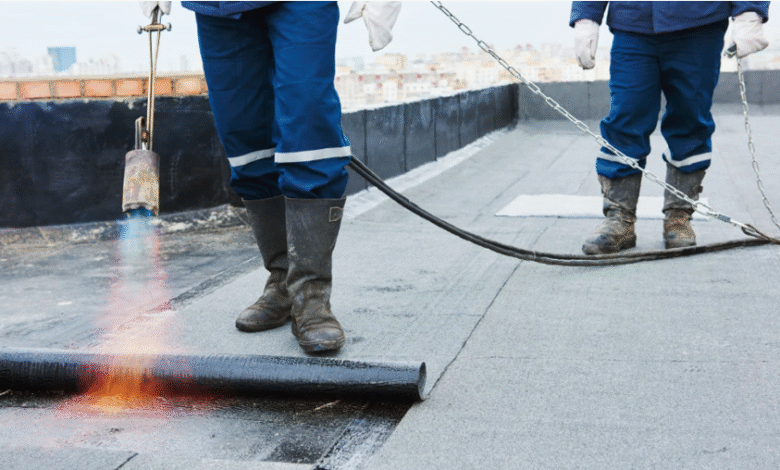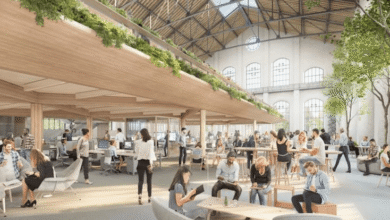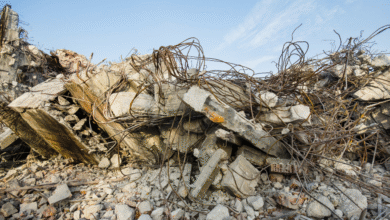Rubber Roof Coating as a Solution for UV Protection and Surface Durability

Prolonged sun exposure and fluctuating weather conditions can wreak havoc on roofing materials, accelerating deterioration and raising long-term maintenance costs. To address these issues, rubber roof coating has emerged as a reliable solution, offering exceptional resistance to ultraviolet (UV) rays and enhanced surface longevity. Applied as a liquid membrane, this coating forms a seamless, waterproof barrier that defends against environmental stressors.
Property owners seeking to reinforce their roofing systems without resorting to full replacements are increasingly turning to rubber-based coatings for their dual benefits, functional protection, and extended surface performance.
Superior Weather Resistance Backed by Flexibility
What distinguishes rubber coatings from other surface treatments is their ability to expand and contract with temperature shifts without cracking. This elasticity enables them to maintain coverage even under dynamic conditions, such as freeze-thaw cycles or intense heat.
Professionally applied membranes seal existing seams and penetrations, helping to prevent leakage at vulnerable points. In fact, recent evaluations of whether rubber roof coating stops leaks confirm that when correctly installed over structurally sound substrates, these coatings significantly reduce water infiltration risk, especially in aging or patch-repaired roofs. This moisture defense is further supported by UV reflectivity, which protects underlying materials from heat-induced degradation.
Long-Term Cost Efficiency and Material Integrity
Rubber coatings are also a strong economic alternative to traditional re-roofing. Instead of tearing off the existing surface, these coatings adhere directly to properly prepared substrates, reducing labor costs and landfill waste. Once cured, the rubberized layer insulates the roof from sun damage, helping maintain internal building temperatures and potentially easing the strain on HVAC systems.
The thermal performance and seamless design collectively improve a roof’s lifespan by shielding it from erosion, pooling water, and brittleness. When evaluating roofing solutions for commercial or residential settings, it’s useful to understand how rubber roof coatings compare to traditional roofing materials. While metal or shingle roofs rely on overlapping components that can loosen or corrode over time, rubber coatings offer a monolithic surface that resists cracking and splitting under UV exposure.
See also: financial innovation in business
Easy Maintenance and Environmental Compatibility
In addition to performance, rubber coatings support easier ongoing maintenance. Their non-porous surface prevents debris accumulation and algae growth, minimizing the need for frequent cleanings. Many modern formulations are also low in volatile organic compounds (VOCs), which makes them an environmentally responsible option for building upgrades.
Professional application ensures full adhesion, proper thickness, and uniform coverage; all of which are critical for long-term performance. Skipping these technical steps often results in premature failure or uneven protection, reinforcing the importance of certified service providers for coating projects.
Versatility Across Roofing Types and Environments
Rubber roof coatings are compatible with a variety of roofing systems, including flat and low-slope configurations found on warehouses, mobile homes, and commercial buildings. Their chemical resistance also makes them suitable for facilities exposed to industrial pollutants or rooftop equipment discharges.
Moreover, these coatings are especially effective in regions with high UV indexes. Their reflective finish helps reduce rooftop temperatures by reflecting solar radiation, protecting not just the roof membrane, but also the building’s structural elements from thermal stress.
Conclusion
Rubber roof coating presents a reliable and cost-efficient defense against UV damage and surface deterioration. Its flexible membrane reinforces structural integrity, improves thermal performance, and extends roof lifespan without the disruption of full replacement. With increasing demand for durable, low-maintenance roofing systems, rubber coatings stand out as a smart solution that balances protection, sustainability, and long-term savings.





